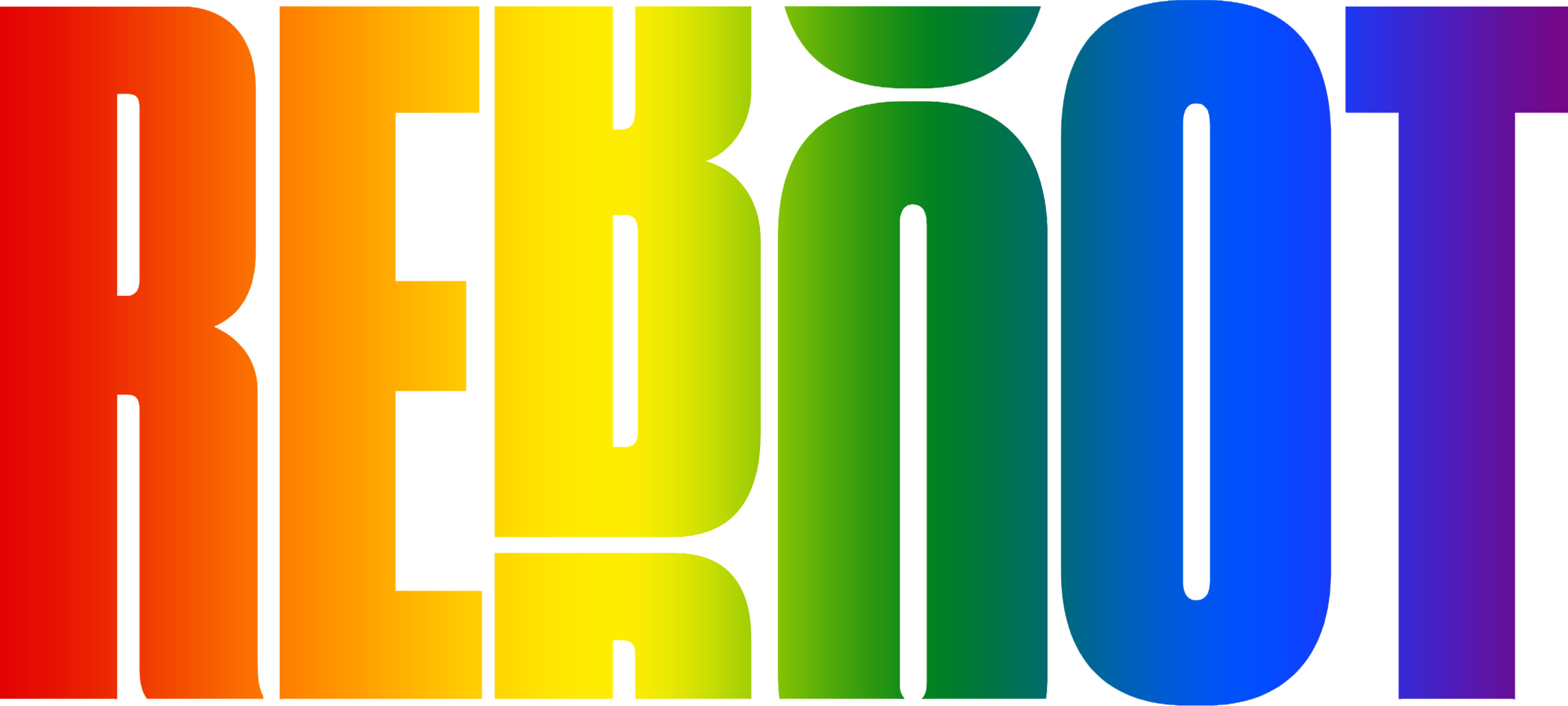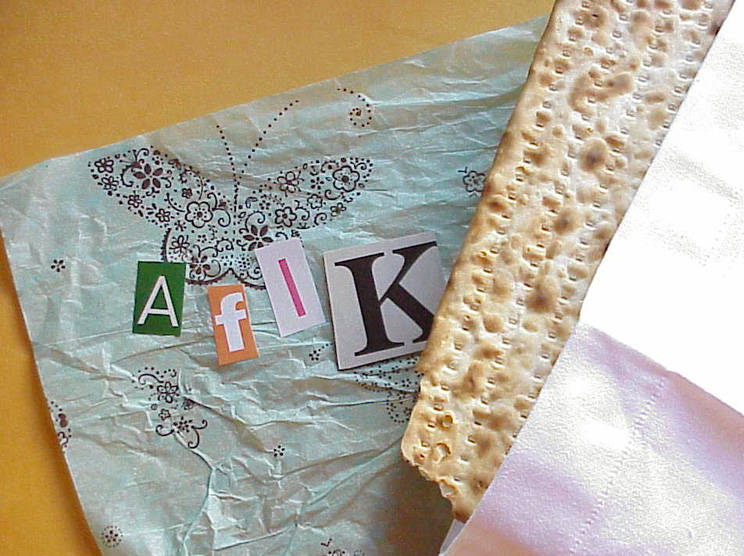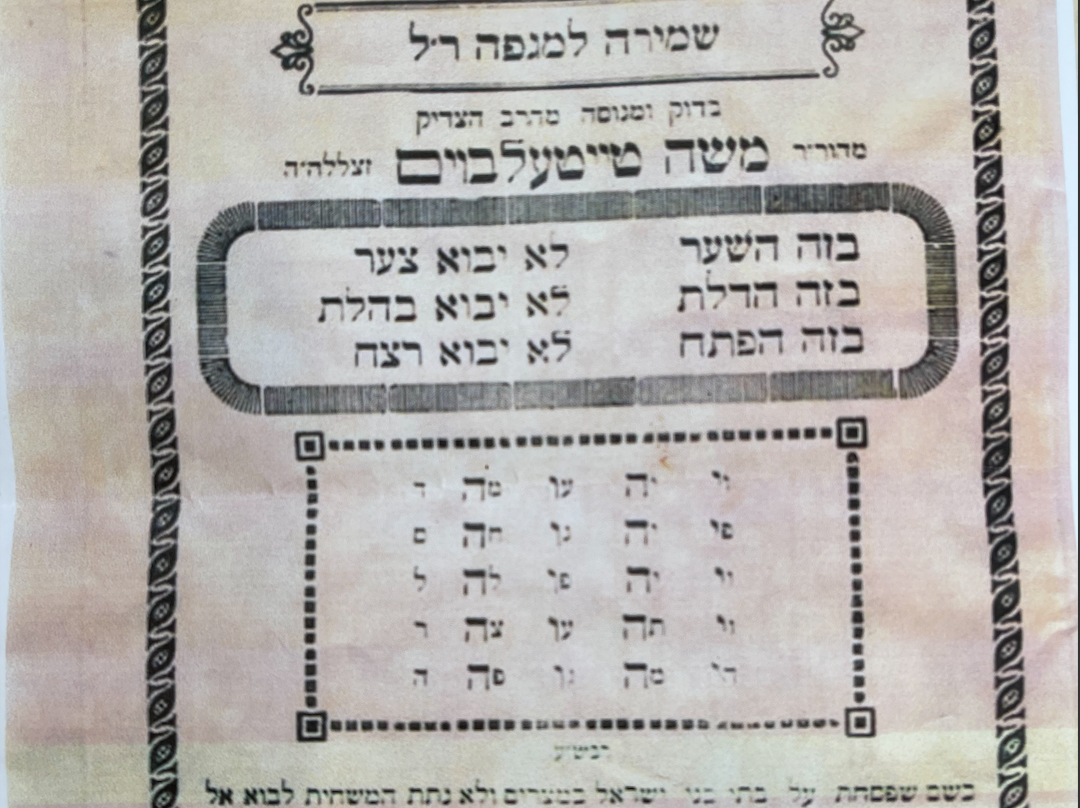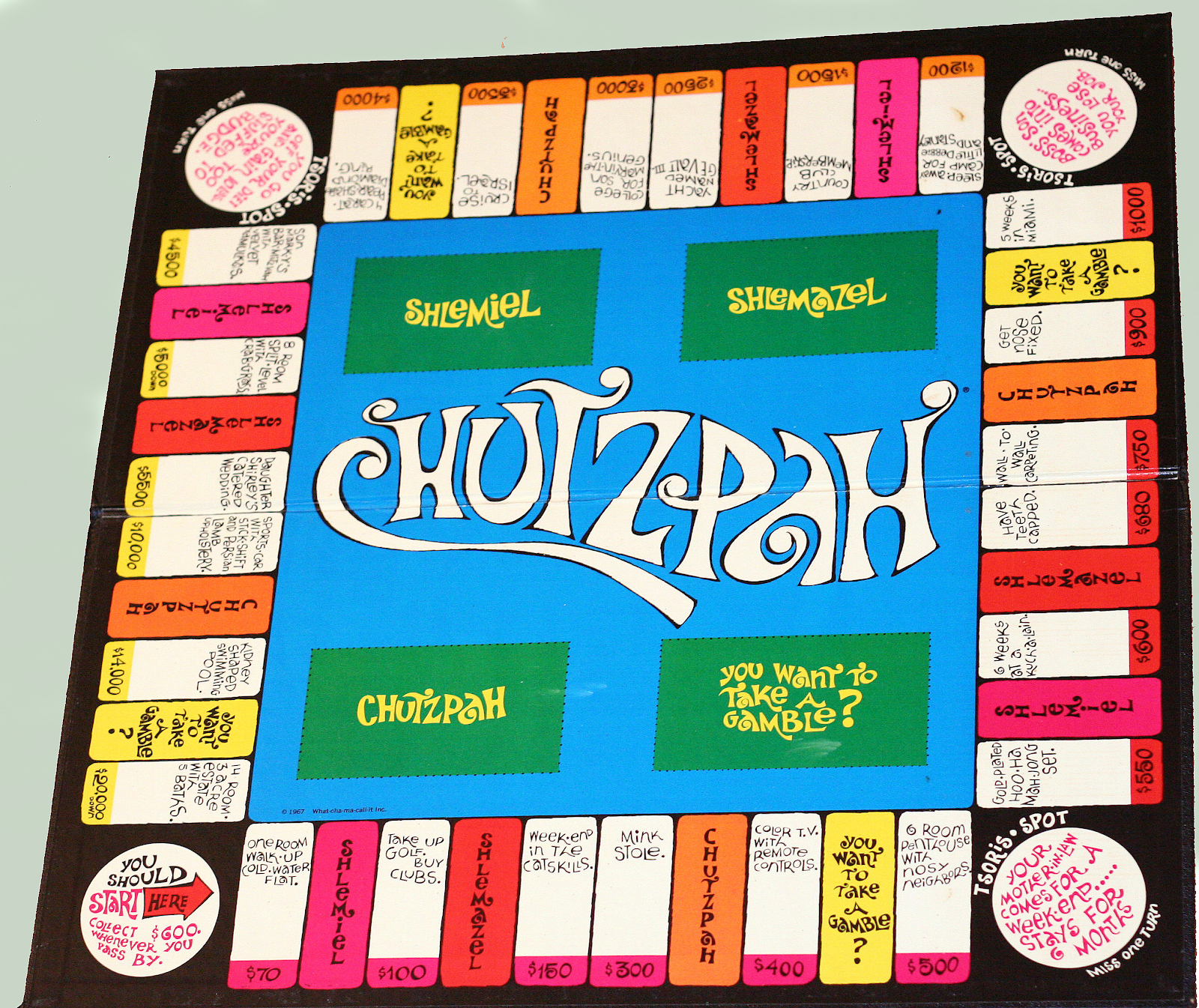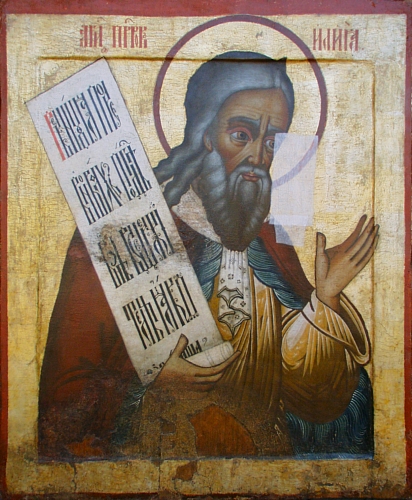Glossary
A growing alphabetical exploration of the Jewish world, rituals, traditions and food, as well as historical and cultural figures of the Jewish people. We will continue to add to and update this glossary to capture the rich tapestry of experiences and practices across the diverse Jewish cultural landscape. Do you have any suggestions? Click here.
For more information on the Reboot Glossary Project, click here.
Jews who descend from diaspora populations of Central and Eastern Europe and historically spoke Yiddish. Ashkenazi Jews make up approximately 90% of the Jewish population in the U.S.

Ashteedak
By Regine Basha
Ashteedak is a Jewish-Iraqi appreciation given to the head cook of the house when a meal is enjoyed by a guest – literally meaning “bless your hands.”
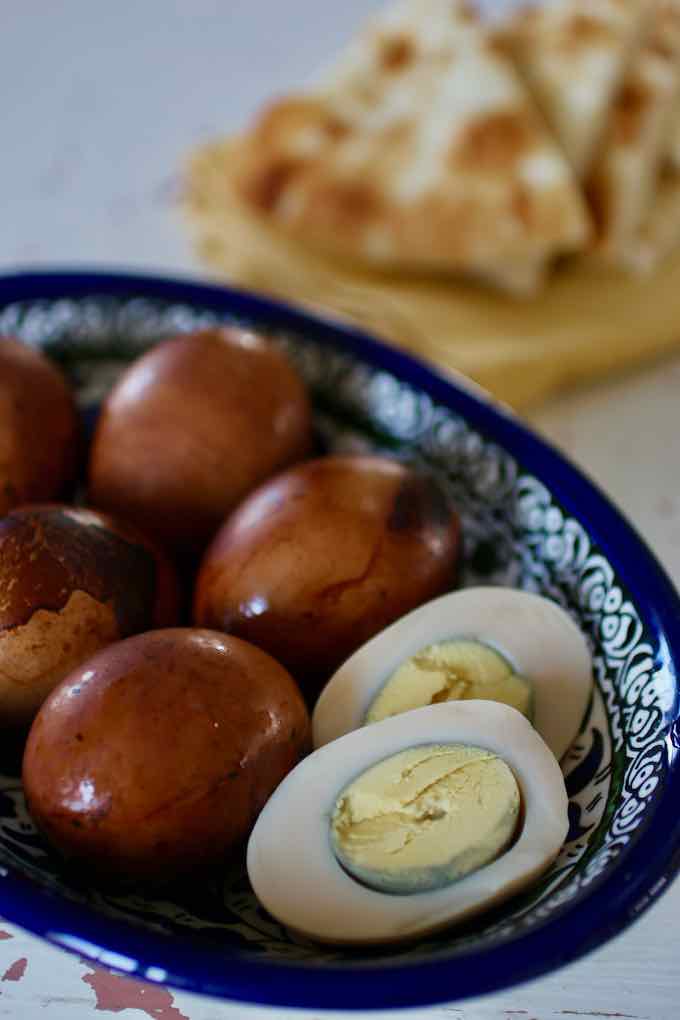
B’ed T’Bit
By Regine Basha
B’ed T’Bit is an Iraqi-Jewish favorite: Hard boiled eggs dyed brown with onion skin that are eaten on Shabbat mornings with the T’bit and thinly sliced grilled eggplant, white cheese and Amba, with or in a pita (Sabich).
B’Frahak
By Regine Basha
B’Frahak is an expression often used within Iraqi Jewish community circles when someone wants to wish you well with the future marriage of your sons or daughters. Often expressed at holiday gatherings or dinners.
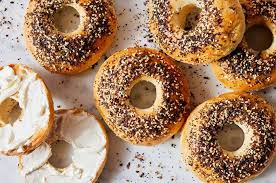
Bagels
By Jason Turbow
Bagels are sufficiently ubiquitous to make physical description unnecessary, but let’s do it anyway: They are round rolls, made of flour, yeast salt and water. They can be topped with salt, poppy or sesame seeds, or infused with things like onions or (heaven help us) blueberries…(more)
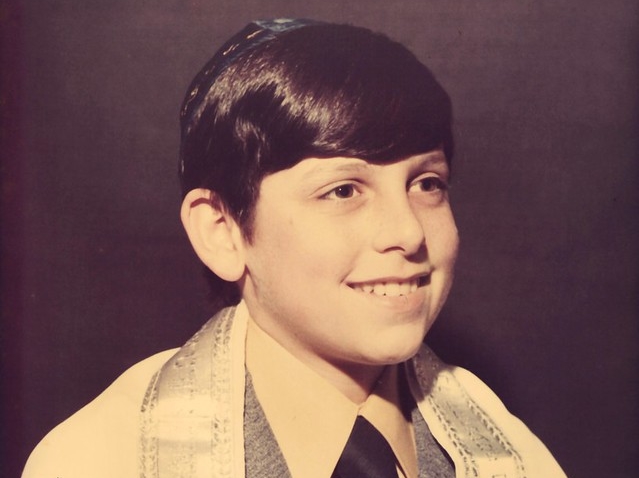
Bar/Bat Mitzvah
By Christopher Farber
Historically, a boy reaching the age of 13 or a girl reaching the age of 12, becomes a bar or bat mitzvah, respectively. The words mean “subject to the commandments,” the spirit of which implies that the person is no longer a child in the eyes of Jewish law, but rather an adult…(more)
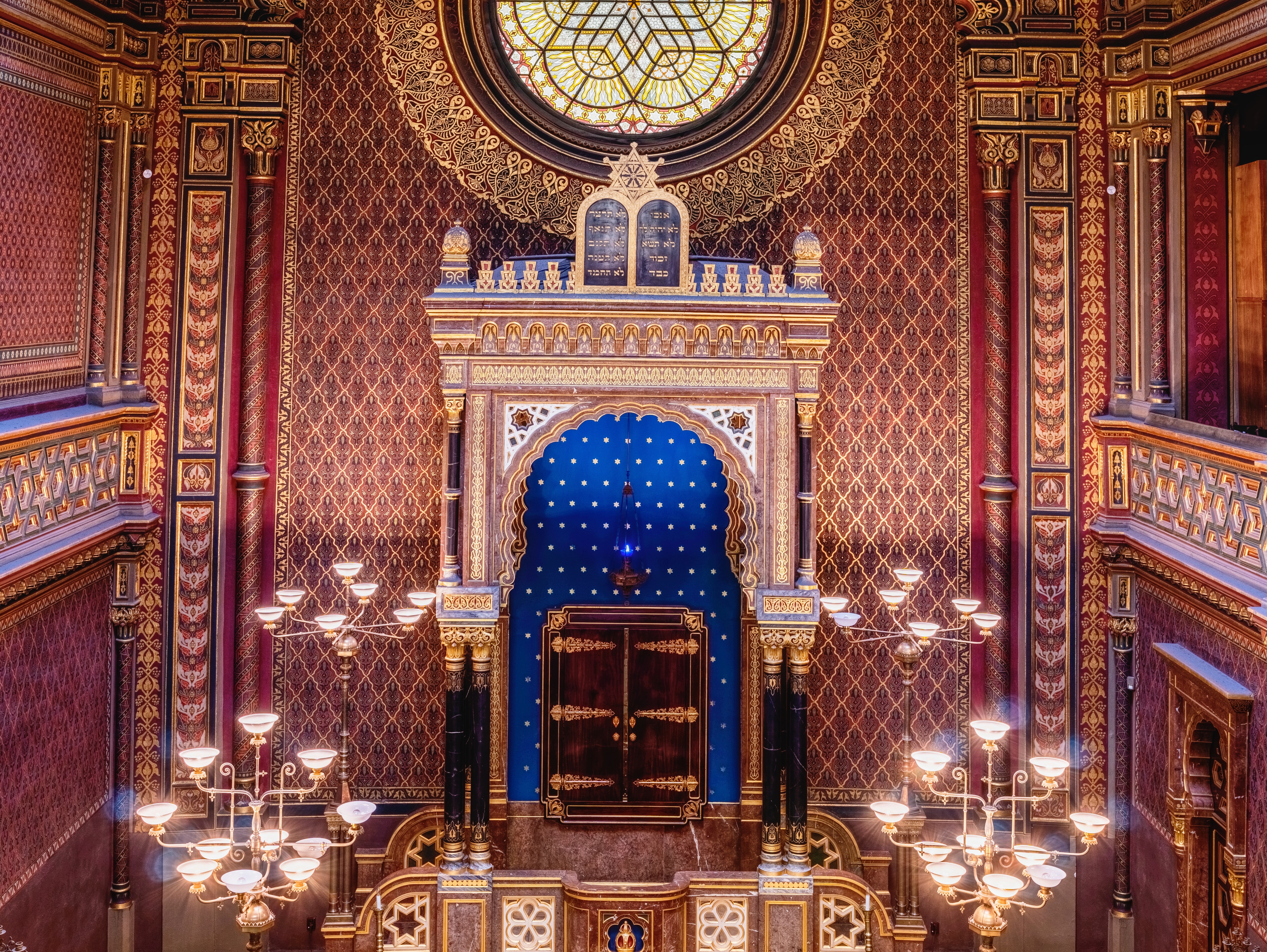
Bema
By Becky Adelberg
The word bema refers to the raised part of a podium or an elevated platform typically in a synagogue. It is also used as the altar part or sanctuary in Orthodox churches, as well as the platform where public speakers addressed the citizens and courts of law in ancient Athens…(more)

Beta Israel
By Kendell Pinkney
(Amharic for “The House of Israel”) is the historic name for the Ethiopian Jewish community. According to oral tradition, Beta Israel traces its founding to King Solomon and the Queen of Sheba…(more)
“Black Sabbath” is the first compilation ever to showcase legendary Black artists covering Jewish songs. Featuring Aretha Franklin, Lena Horne, Cab Calloway, and many others, it uses popular music to shed light on the historical…(more)
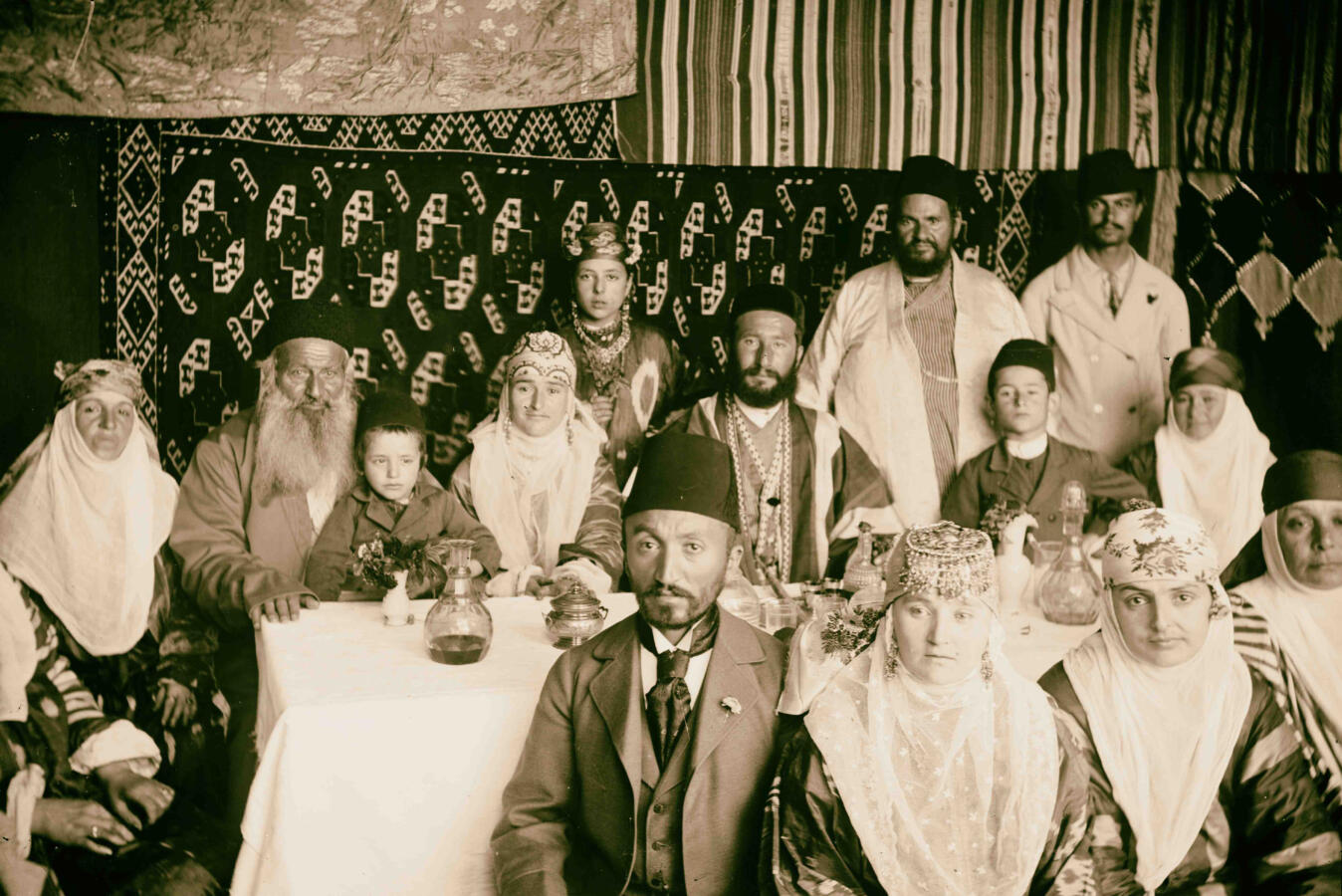
Bukharan Jews
by Tabby Refael
Bukharan Jews (also known as Bukharim) constitute one of the oldest ethno-religious Jewish groups in Central Asia, with current major populations in the U.S. and Israel, as well as smaller communities in Russia, Germany and Austria. Bukharim hail from Uzbekistan, Kyrgyzstan, and Tajikistan, with the majority from Uzbek cities such as Bukhara (an ancient Silk Road city), Tashkent and Samarkand, as well Dushanbe (capital of Tajikistan) and Bishkek (capital of Kyrgyzstan). Central Asia’s largest Jewish settlement during the Middle Ages happened to the Emirate of Bukhara (present-day Uzbekistan). Bukharim believe they are descended from the 10 Lost Tribes of Israel (Jews who, under Assyrian Captivity, were exiled in the seventh-century BCE).
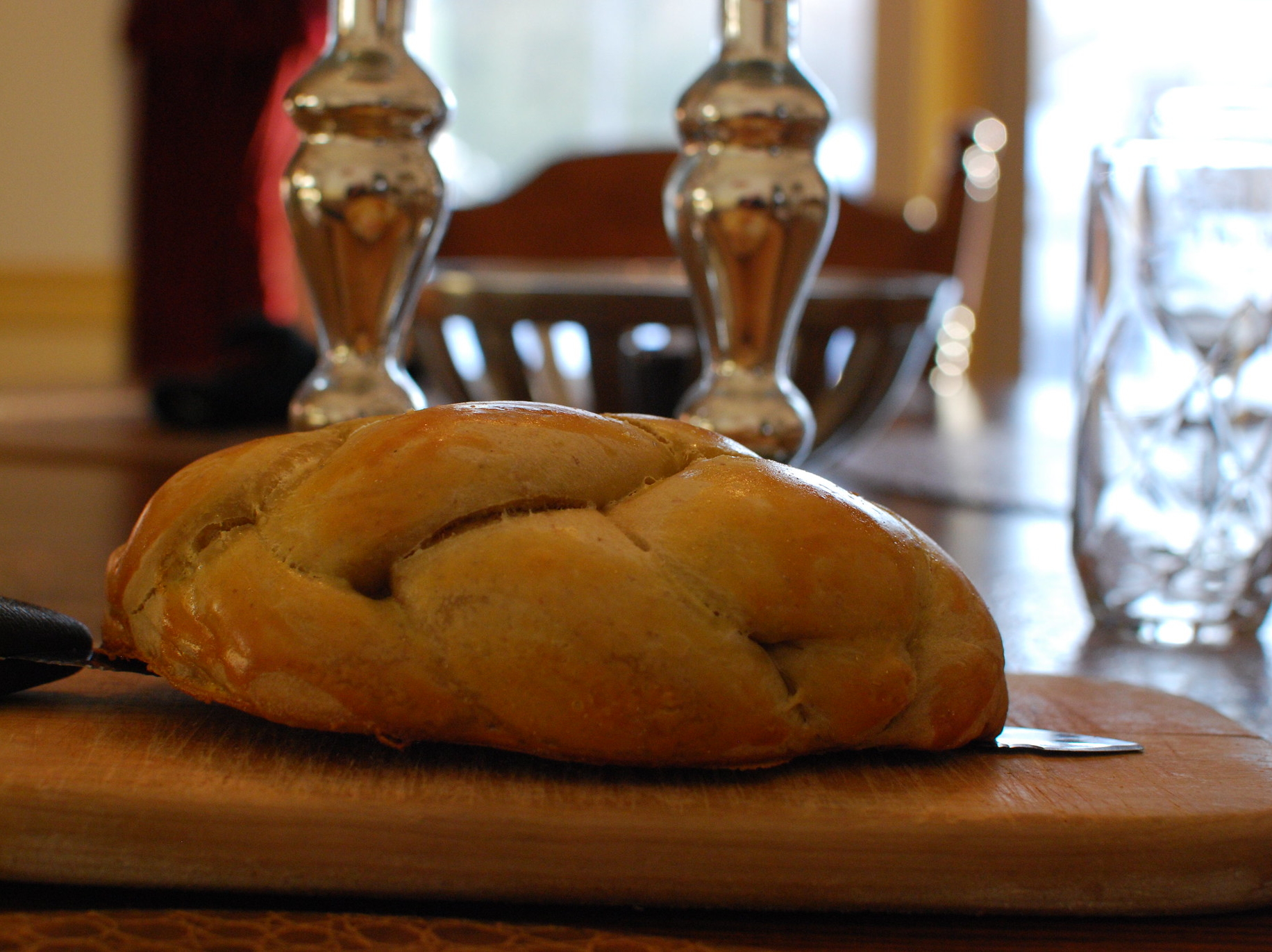
Challah
By David Sax
Challah has a glossy sheen, and a soft, almost cakey texture, thanks to a significant amount of oil and eggs in the dough, which makes it particularly easy to shape and bake. Aside from serving as a sacramental bread on the sabbath and other holidays, challah is the ideal foil for toppings and sandwiches…(more)
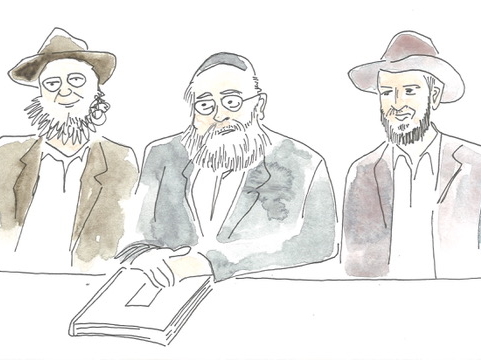
Converting
By Christopher Noxon
The process of converting to Judaism is, like so much else in the tradition, a high-low mix of deep spiritual work and rote, legalistic box-checking. Converting can feel like preparing for a DMV exam, or like a bad day at the dentist, or like the best grad school seminar ever, or like a transcendent…(more)
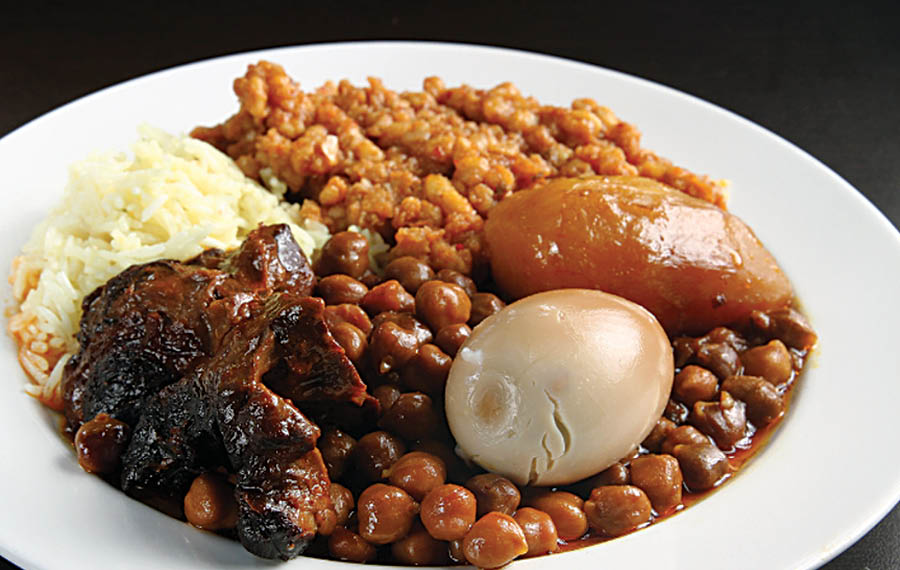
Dafina
By Tabby Refael
Though Cholent is known as one of the most famous slow-cooked Shabbat recipes, many non-Ashkenazi communities have had their own overnight-cooked Shabbat staples for centuries.
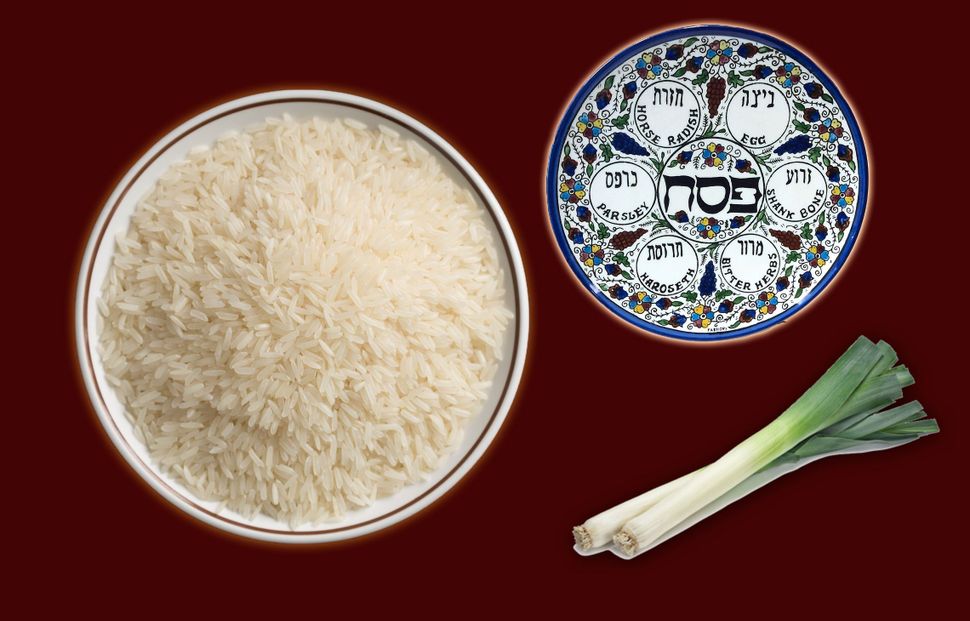
Dayenu
By Tabby Refael
“Dayenu” is a song that is recited during the Passover seder In Hebrew, “Dayenu” means, “It would have been enough,” and the song thanks God for miracles performed during the Exodus, including taking the Jews out of Egypt, providing for the Jews in the wilderness for 40 years, and giving the Jewish people Shabbat and the Torah. Over one thousand years old, “Dayenu” is found in the first medieval Haggadah, or Passover text, of the Seder Rav Avram (ninth century). Jews sing Daneyu during the Passover seder immediately before explaining the meaning of Passover, matzah (unleavened bread) and maror (bitter herbs).
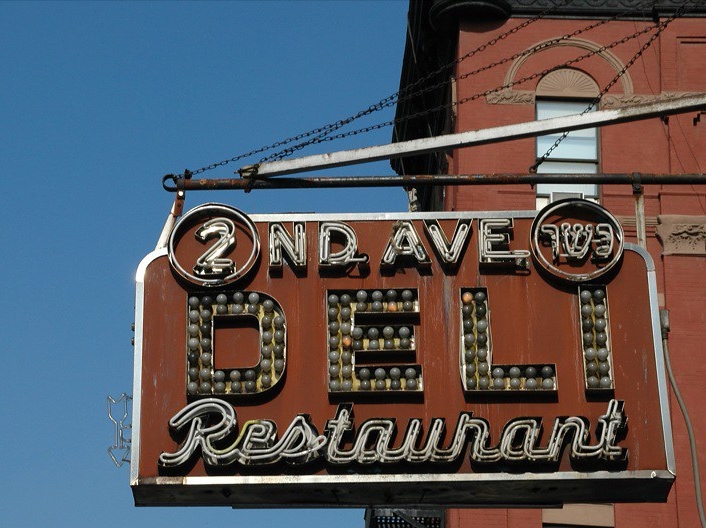
Deli
By David Sax
Short form of the German word delicatessen, which basically means “delicious things to eat”. In Ashkenazi-Yiddish culture, it was a store and a category of cuisine where cured, preserved, and smoked meats were prepared and sold. Often these were kosher versions of local, non-kosher specialties, made with beef, lamb, goose, or…(more)
Dybbuk
By Jeremiah Lockwood
A dybbuk (pl. dybbukim) is a form of ghost possession that appears in Jewish folklore and rabbinic literature. A dybbuk is a spirit of a dead person that cleaves to the body of one who is living.

Elul is one of the most spiritual periods of the year for Jewish communities across the world. Coming just before the Jewish New Year and major holidays like Rosh Hashanah, Yom Kippur, Sukkot, and Simchat Torah, Elul is an important month of introspection and self-evaluation, when Jews practice cheshbon ha’nefesh, an “accounting of the spirit,” by reflecting on the past year. This process of deep introspection is an important annual ritual of sincere repentance and atonement, both pivotal themes underpinning Rosh Hashanah and Yom Kippur. The shofar is blown daily as an awakening to repent.
Farhud
By Tabby Refael
While many people know about the Holocaust that was perpetrated by Nazi Germany against six million Jews, including the terrible toll of the “Kristallnacht” pogrom in Germany in 1938, few know about the deadly pogroms against Jews in Iraq in the early 1940s, called the “Farhud.” The “Farhud” resulted in the mass exodus of Iraq’s ancient Jewish community. involving a series of mob violence against Jews in Iraq by pro-Nazi local Arab populations, in which hundreds of Jews were killed and raped, and many Jewish businesses looted. Mobs attacked Jews and yelled, “Cutal al yehud” (“Slaughter the Jews!”). Over 180 Jews were killed, with over 1,000 injuries and over 900 homes were destroyed.
Four Questions
By Kendell Pinkney
The Four Questions are a series of questions that form one of the central hallmarks of the Passover Haggadah (i.e. the ritual liturgy that accompanies the Passover Seder and meal). It is a custom that the youngest person in attendance at the Seder will recite the questions (and their answers) for the rest of the attendees…(more)
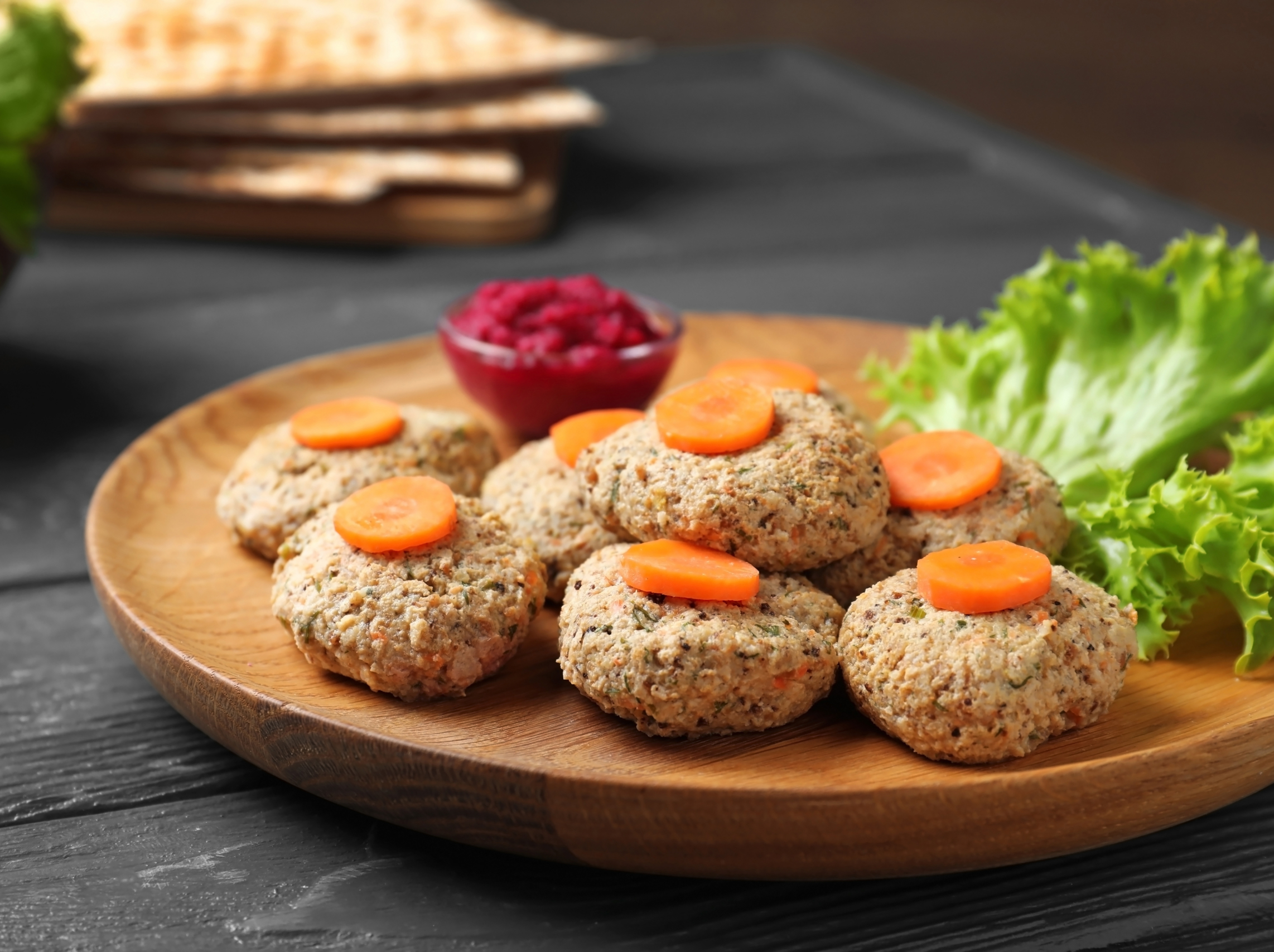
Gefilte Fish
By Francine Hermelin
What is Gefilte fish? In Yiddish it means “filled” or “stuffed.” But in the 50’s when food began to be mechanized this Eastern European delicacy transformed into the ball that families are more familiar with today. It is typically prepared either sweet or savory and made of deboned and ground carp, white fish, mullet and pike mixed together with egg and bread crumbs. Native to Ashkenazi Jews…(more)

Hanukkah
By Lisa Grissom
Hanukkah, Chanukah, (חֲנֻכָּה or חֲנוּכָּה) or Hanukka in Yiddish, is an eight-day Jewish festival that celebrates the recovery of the Second Temple by the Jews of Judea, also known as the Maccabees. Led by Judah, this group of scrappy Jewish rebels rose up against the oppressive King Antiochus IV…(more)
Harissa is a hot chili pepper paste that originated in Tunisia. It contains roasted red peppers, Baklouti peppers (Tunisian chili peppers), olive oil, and a blend of spices. A variant called Rose Harissa is made with rose petals.
The Hoshen is a bejeweled rectangular “breast plate” (with twelve multi-colored squares in the center) and worn by the “High Priest of the Israelites.” It dates back to biblical times and is described in detail in the book of Exodus, each square having a different mineral/jewel for each of the twelve tribes of Israel.
Ibbur
By Jeremiah Lockwood
Ibbur (pl. ibburim) is also a form of ghost possession that appears primarily in rabbinic mystical writings. An ibbur is a form of possession intentionally cultivated by the living host.
The Idelsohn Society for Musical Preservation is an all-volunteer non-profit organization, made up of a small but dedicated team from the music industry and academia. . The Society takes its’ name from Abraham Zevi Idelsohn,
The Jazz Singer is a 1980’s film starring Neil Diamond as a talented vocalist torn between tradition and family and his dreams of becoming a successful pop singer. Starring Neil Diamond and Laurence Olivier ‘The Jazz Singer’ tells the story of a fifth generation cantor Yussel Rabinovitch (played by Diamond)…(more)
Legends of Jews using magic beams of power has a long and august history. Stories that involve laser beams shooting out of eyes play a role in narratives concerning two of the most important 2nd century CE rabbis whose teachings are anthologized in the Talmud.
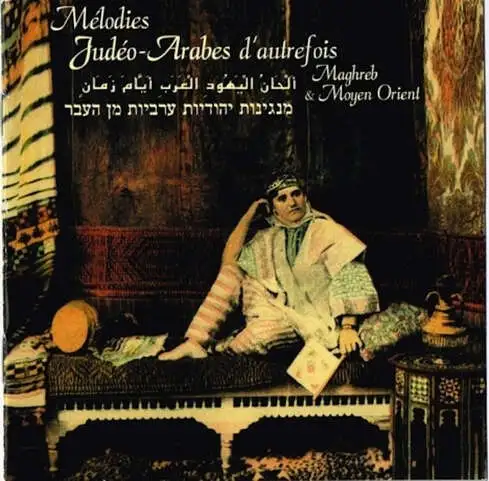
Judeo Arabic
By Regine Basha
Judeo Arabic or “Haki Mal Yehud” is a dialect of Arabic spoken within the Iraqi-Jewish community of Baghdad and Basra (see cultural theorist, Ella Shohat’s unpacking of the term Judeo-Arabic). Jews would speak in a slightly different manner from the Muslims, whose Arabic was referred to as “Haki Mal Aslam,” but in public arenas and in school, they would adopt Classical Arabic. It is important to note that the greater differences in language in Iraq were mostly regional; for instance Mosul vis Baghdad and so on. A Mosul Jew might likely be Kurdish and so would speak in yet another dialect.
Literally translated from Hebrew to mean “fit” or “appropriate,” Kosher foods follow a strict set of laws set forth in the Torah.
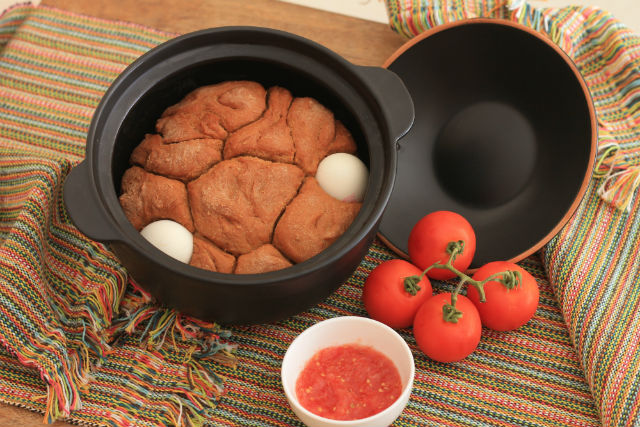
Kubaneh
By Tabby Refael
While most Jews (and a growing number of non-Jews) know about challah, the braided Shabbat bread whose origins date back to Germany and have been embraced by many Ashkenazi Jews worldwide, most people are unfamiliar with various Sephardic and Mizrahi Shabbat breads that have also been prepared for centuries in communities ranging from North Africa to the Middle East. Kubaneh is a traditional Yemenite Jewish bread that many Yemenite Jews and their descendants, particularly those in Israel, still prepare weekly. One of the most famous Shabbat breads in Israel, kubaneh is a pull-apart bread that is baked overnight and served Shabbat morning with other traditional Yemenite foods.
Kubbeh (Kubbe, Kubba) can refer both to bulgur and wheat dumplings stuffed with a meat filling, or to a family of dishes of Iraqi and Kurdish Jewish origin consisting of these filled dumplings in a soup base. The dumpling filling and soup broth vary depending on the recipe and the region.
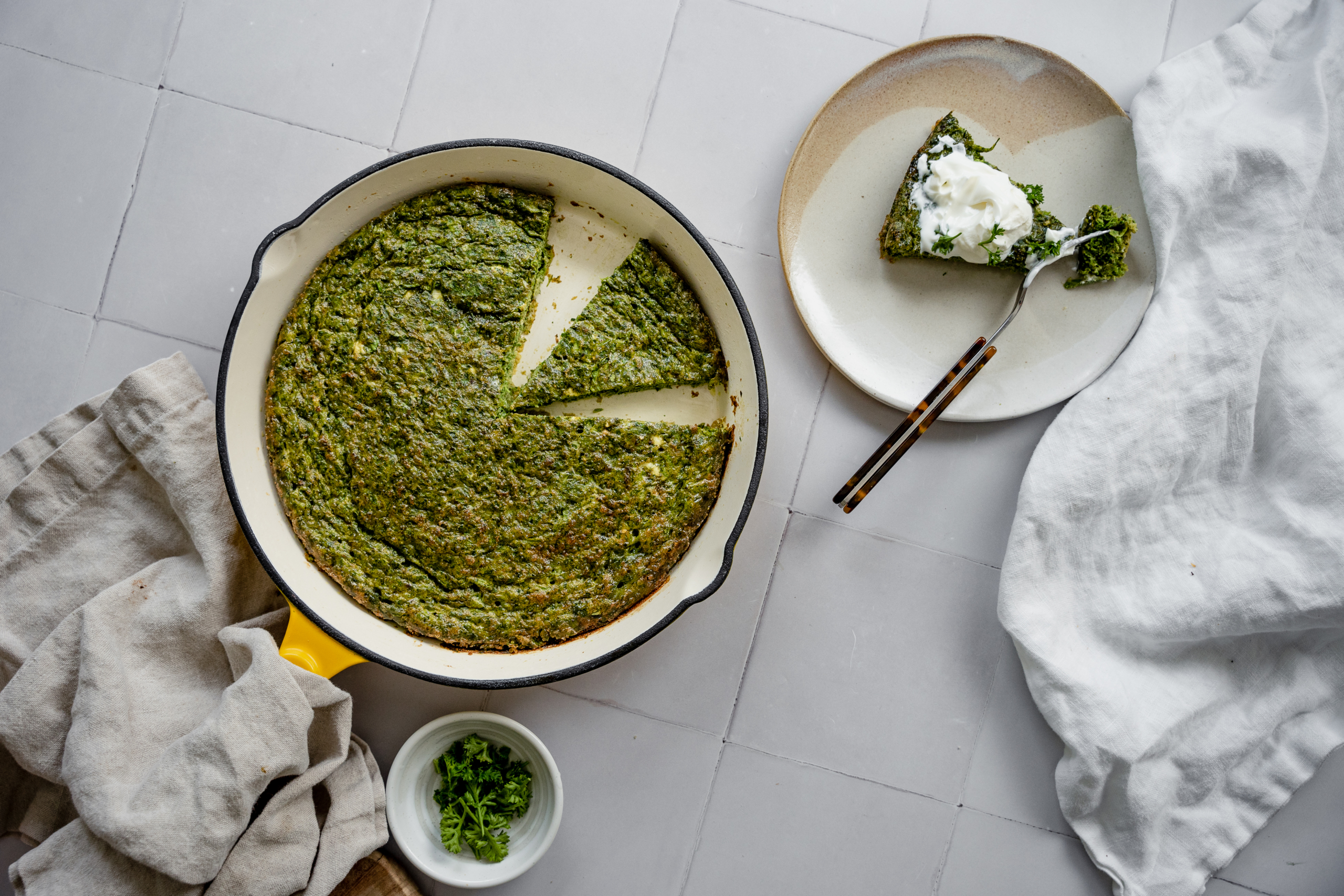
Kuku Sabzi is a Persian dish made of eggs, fresh herbs, and spices, that is baked and served at room temperature. Kuku Sabzi is typically served during the Persian New Year Norwuz.
Lionel Ziprin was a born-again Hasidic Jew whose past was anchored in the artistic movements of the ’50s and ’60s. As a child he was plagued by epilepsy and rheumatic fever after which he had visions, seeing the bible come to life in his grandfather’s house. Lionel’s grandfather Rabbi Abulafia…(more)
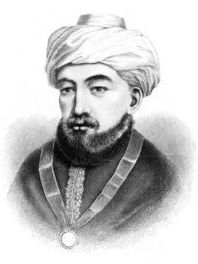
Maimonides
by Tabby Refael
Maimonides, also known as Moses ben Maimon (most commonly referred to by the acronym, Rambam), was a twelfth-century medieval Sephardic Torah scholar and one of the most important and prolific Jewish philosophers in history, whose body of work is still studied throughout the world today. One of the most important authorities (known in Hebrew as a “posek”) in Jewish history, Jews still refer to the Rambam’s rulings on various issues related to “halacha,” or Jewish law. His Mishnei Torah, a fourteen-volume code which codified halacha, is considered among the greatest studies of Jewish religious law to date. The Guide for the Perplexed (1190) originally written in Arabic, which married Jewish theology with Aristotelian philosophy, is also among Rambam’s most legendary written works. In commenting on the Mishnah (the Oral Torah), Rambam created his famous “13 Principles of Faith,” in God. Among the most cited of his legal formulations is his stance on justice and execution, in which he famously wrote, “It is better and more satisfactory to acquit a thousand guilty persons than to put a single innocent one to death.”
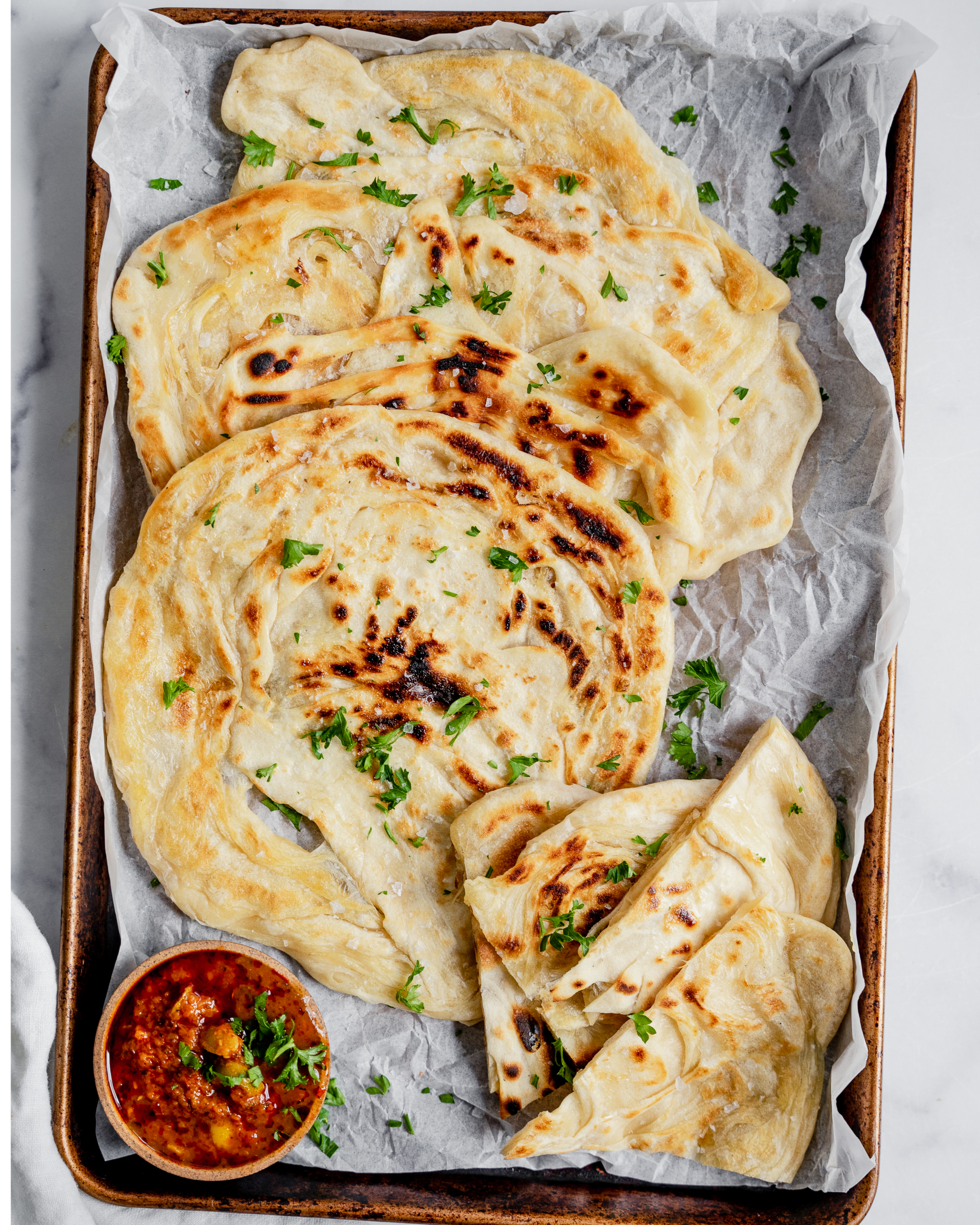
Malawach is a buttery, flaky flatbread thatYemenite Jews brought this recipe to Israel in the 1950’s.
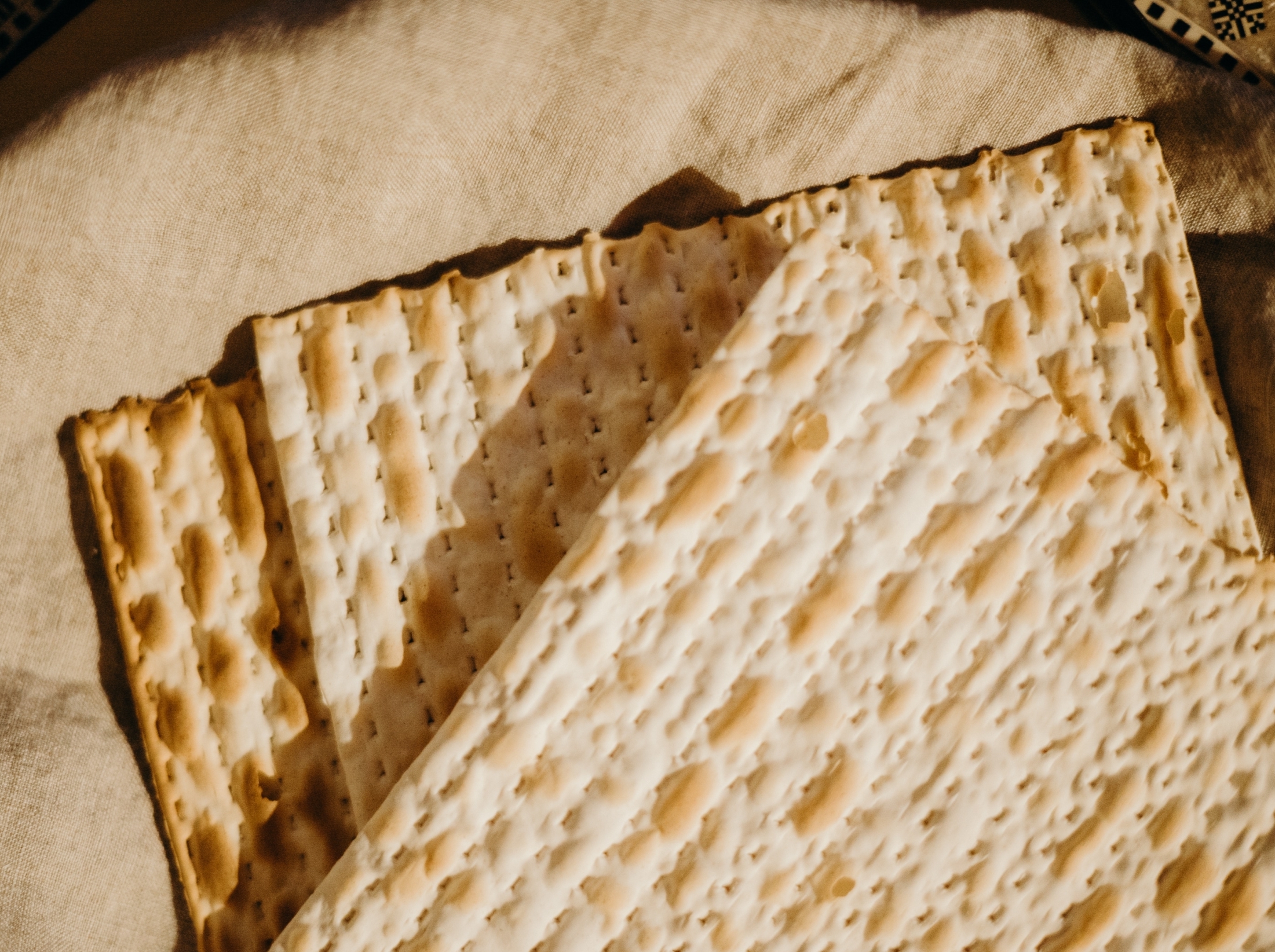
Matzah
By Becky Adelberg
Traditionally eaten over the Passover holiday, Matzah (מַצָּה) or Matzo is an unleavened bread filled with symbolism. In biblical times of the Exodus from Egypt when the Israelites did not have enough time for their bread to rise. Matzo is considered lechem oni, “poor man’s bread”…(more)
Maven
By Eddy Portnoy
Maven: (n. מבין, from Yiddish via Hebrew, a person who understands). A self-proclaimed expert on any topic or issue; or, an actual expert on any topic or issue. Differentiating between a self-proclaimed maven and an actual maven requires the ability to determine whether the hubris of the former leads to any genuine knowledge or…(more)
Mi Sheberach is the traditional prayer for healing in Jewish communities. A version of the Mi Shebeirach was popularized by the Jewish folk musician Debbie Friedman, which is embedded below. The prayer’s name is taken from the first two words that are recited. Traditionally in Orthodox communities the Mi Shebeirach was recited in the name of the mother of the ill…(more)
Mizrahi (or Mizrachi) Jews are descendants of Jews from North Africa and the Middle East. The oldest and largest Mizrahi communities were in modern day Iraq, Iran, and Yemen, however since there are many Jewish communities across these regions, not all Middle Eastern and North African Jews identify as Mizrahi. Today, most Mizrahi Jews live either in the U.S. and Israel.
Old Testament
By David Katznelson
The Old Testament is the name given to the Torah by Melito of Cardis in the 2nd century CE. It is comprised of the 24 books of the Hebrew bible or Tanakh. It is a collection of Hebrew writings, and the New Testament is written in…(more)
Passover
By Kendell Pinkney
Passover (Hebrew: פֶּסַח; Transliterated: PAY-sach) is a major, seven-day holiday that commemorates the Jewish people’s harrowing Exodus (lit. from the Greek “way/road out”) from Egyptian slavery to freedom. As straightforward as this time of commemoration may seem to us today, the history of Passover is quite complex…(more)
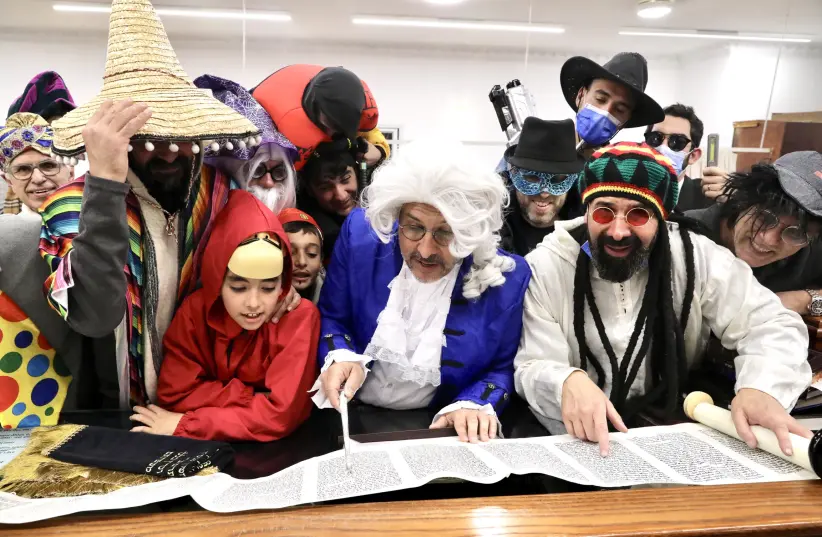
Purim
by Tabby Refael
Purim is a Jewish holiday celebrated on the 14th of the Jewish month of Adar that commemorates the defeat of a genocidal plot against the Jews in ancient Persia during the Achaemenid Empire. Recorded in the 4th century BCE in the Book of Esther (also called a “Megillah)” Purim, which translates to “lots,” tells the story of the Persian King Ahasuerus and his royal vizier, Haman, who plotted to kill the king’s Jewish subjects, claiming they were growing too powerful, and as revenge against one particular Jew in the ancient city of Shushan named Mordechai, who refused to bow down to him (Haman). When King Ahasuerus’s wife, Queen Vashti, refuses to dance naked for him and his party revelers, the king banishes Vashti and marries Esther (also known as “Hadassah”), a young woman who hides her Jewish identity. Esther learns of Haman’s evil plot to annihilate the Jews and informs Mordechai, who is her uncle. When she expresses unwillingness to approach the king on behalf of her people, Mordechai reminds Esther of one of the most important tenets of Jewish community and unity: accountability and action for one another. He warns, “Do not think that because you are in the king’s house you alone of all the Jews will escape. For if you remain silent at this time, relief and deliverance for the Jews will arise from another place, but you and your father’s family will perish. And who knows but that you have come to royal position for such a time as this?”
Queen Esther has been celebrated throughout time in both art and literature as well annually with the festival of Purim. In the 5th Century BC the Persian King Ahasuerus, dissatisfied with his wife…(more)
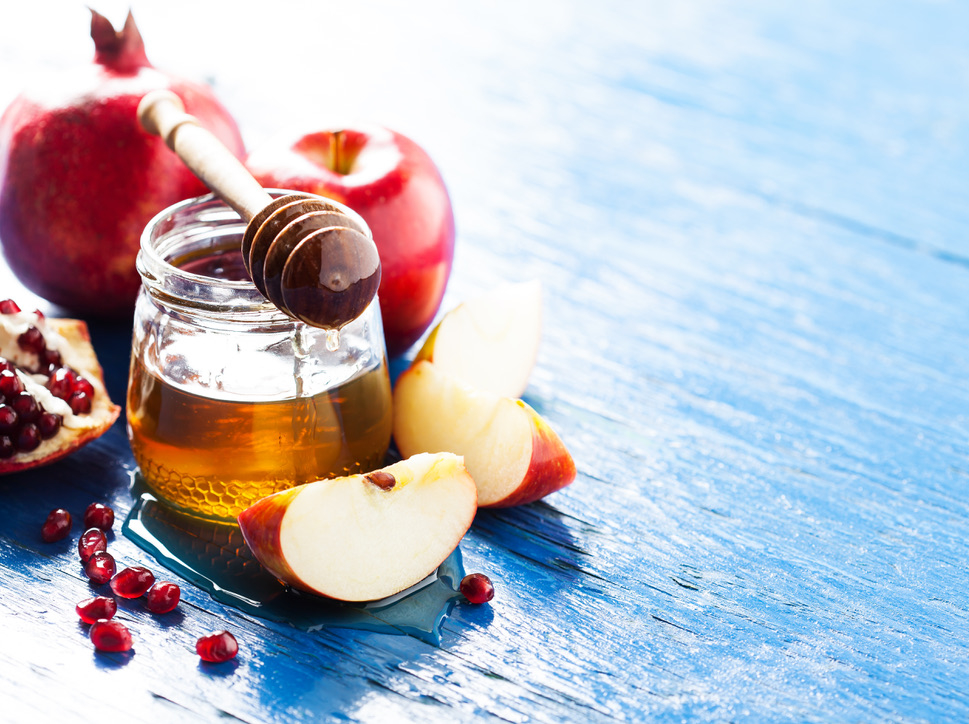
Rosh Hashanah
By Nicola Behrman
Rosh Hashanah, aka the Jewish New Year, is the big one when it comes to the Jewish calendar. It literally translates from Hebrew to mean “Head of The Year,” commemorates the birth of the Universe (no biggie) and the birth of Adam and Eve, and…(more)

Seder Plate
By Becky Adelberg
During Passover, the seder plate is used to help retell the story of Passover and the Exodus from Egypt. Historically it is said that the seder plate differed from the seder plates we use today of ceramic, china or silver. The original seder plate was said to have been made from wicker in which Passover’s symbolic foods were placed…(more)
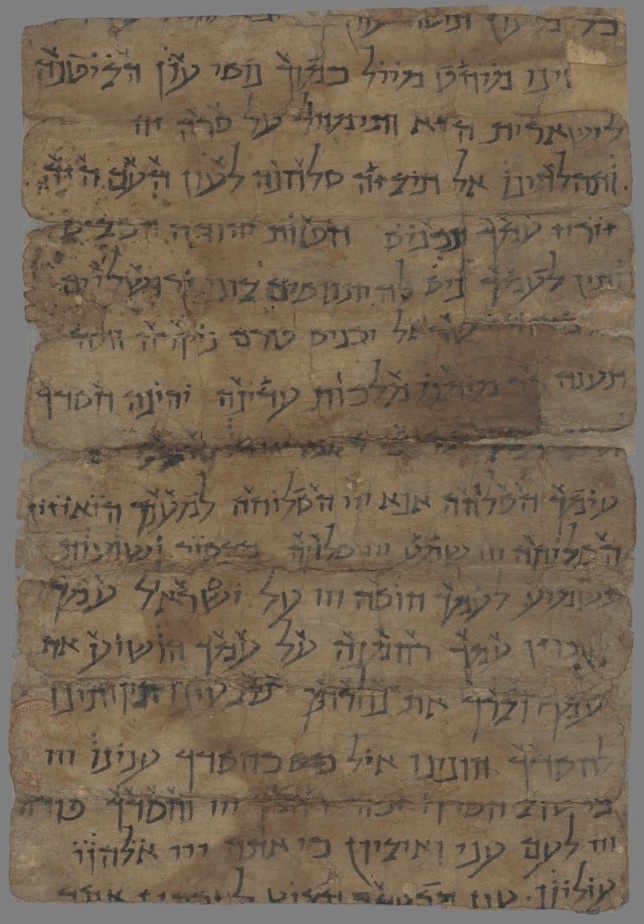
Selichot
By Tabby Refael
If you are acquainted with observant Sephardim and Mizrahim, there’s a good chance that, especially during the month of Elul, they are praying in a synagogue before it is even daylight. The practice is called “Selichot,” rooted in the Hebrew word, “Selicha,” or “pardon”), and centers on entreating God for divine forgiveness, particularly in the time leading up to the Days of Awe (Rosh Hashanah and Yom Kippur). The penitential prayers are also said on Rosh Hashanah and focus deeply on the concept of “teshuvah” or repentance and literal “return” to God and Jewish law.
Sephardic
By Madelyne Heyman
Sephardic Jews are those who descend from diaspora populations of the Iberian Peninsula. Additionally, some Mizrahi Jews – i.e., Jews from Western Asia and North Africa – also identify as Sephardic. While Sephardic Jews historically spoke Ladino many other Jewishly-inflected dialects and languages were commonly spoken depending on the region. Sephardim were the first Jews to immigrate to the U.S. and remained the majority of the Jewish population until the 19th century.
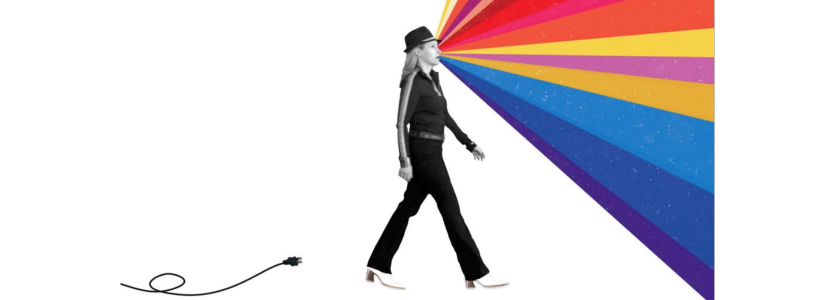
Shabbat
By Tiffany Shlain
More than three thousand years ago, the concept of Shabbat transformed the world. Before then, time had no pauses: it was day after day after day. Shabbat made it so each week ended with a day off, for everyone, of every social class. The run-on sentence of time got a period, and humankind got a chance to catch its breath and focus. Tiffany Shlain shares how, all these years later, taking a full day off lets us be present with one another… Read more
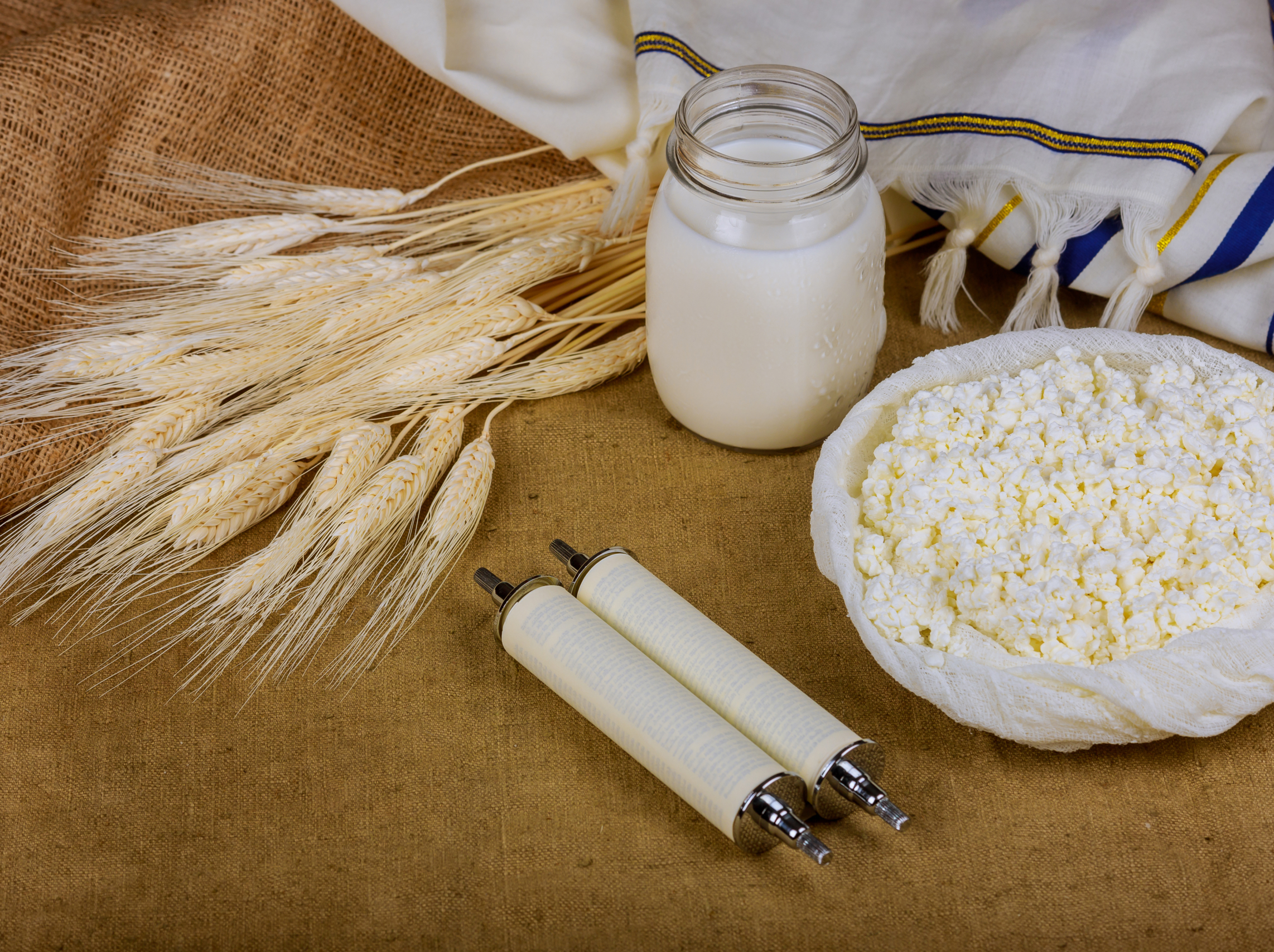
Shavuot
By Kendell Pinkney
Shavuot (שָׁבוּעוֹת : Hebrew for “weeks”), a.k.a. The Feast of Weeks, a.k.a. The Feast of the First Fruits, a.k.a. The Feast of the Harvest, is an ancient Jewish agricultural holiday where people would journey to the Temple to offer the best produce of their harvest…(more)
Shlemiel
By Eddy Portnoy
Shlemiel/Shlimazl (n. שלומיאל שלימזל, from Yiddish). While both of these words can be used independently, they are often defined in tandem. A shlemiel is a clumsy, incompetent person, someone who seizes failure with both hands. A Shlimazl is a hapless type, a person permanently behind the eight ball, who attracts bad luck like a magnet…(more)

Shofar
By Kendell Pinkney
The shofar is a ram’s horn that is used in traditional Jewish rituals at select points of the year (ie, the month of Elul, Rosh Hashanah, and Yom Kippur). In ancient times, it was blown in battle to alert or rally the Israelite troops. In its contemporary religious context, it is often framed as a tool that is meant to awaken the Jewish people from their “spiritual slumber” so that they may do the work of self-reflection and repentance before the High Holidays.
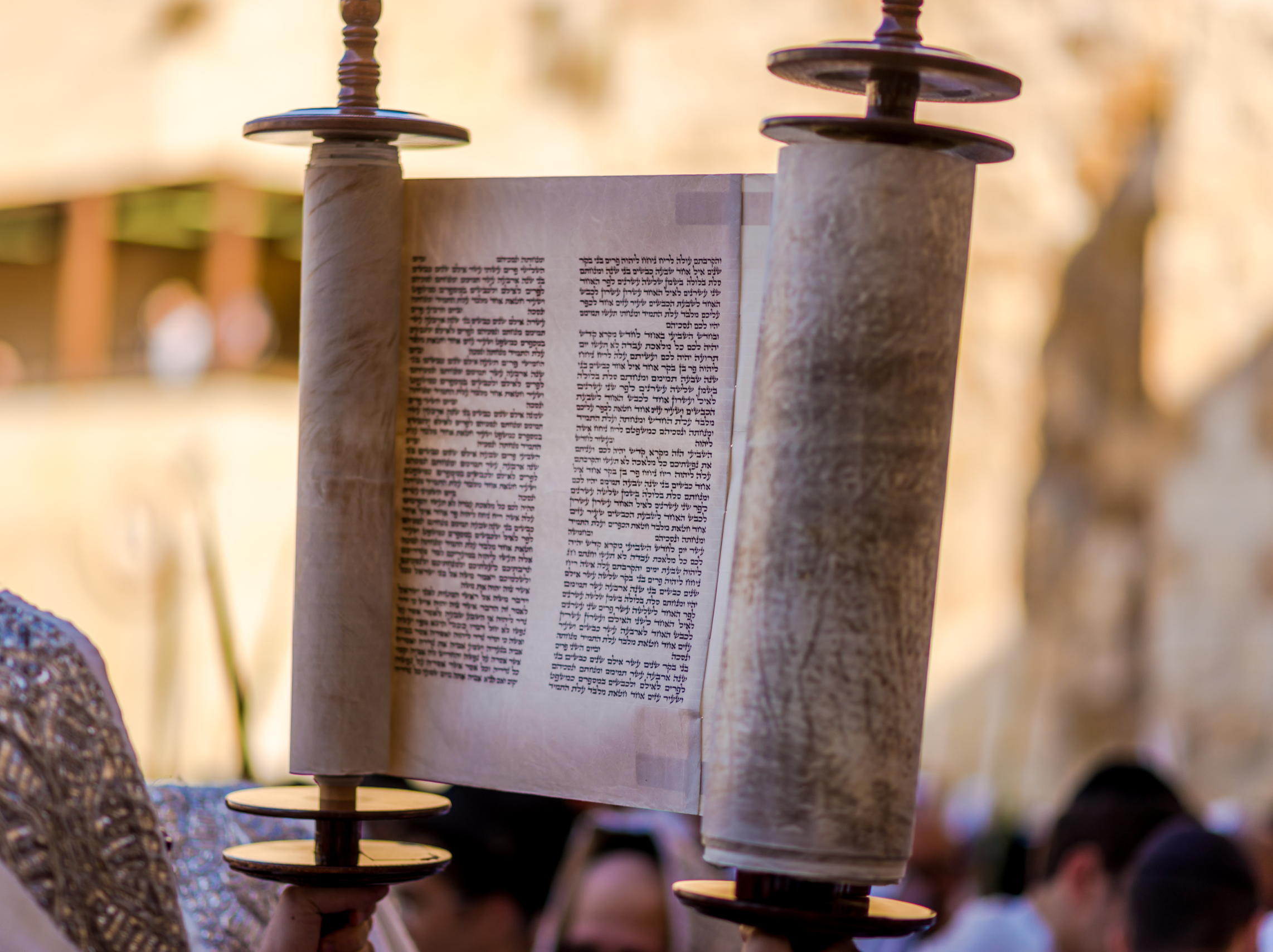
Simchat Torah
By Kendell Pinkney
Simchat Torah (Hebrew: שִׂמְחַת תּוֹרָה; Transliteration: sim-CHAT to-RAH), lit. “the rejoicing of the Torah” is a fall celebration that marks the end of the yearly Torah reading cycle. In many Jewish communities the festivities are marked by removing all of the Torah scrolls from the ark, at which point various members of the community will make seven circuits (hakafot) around the synagogue…(more)
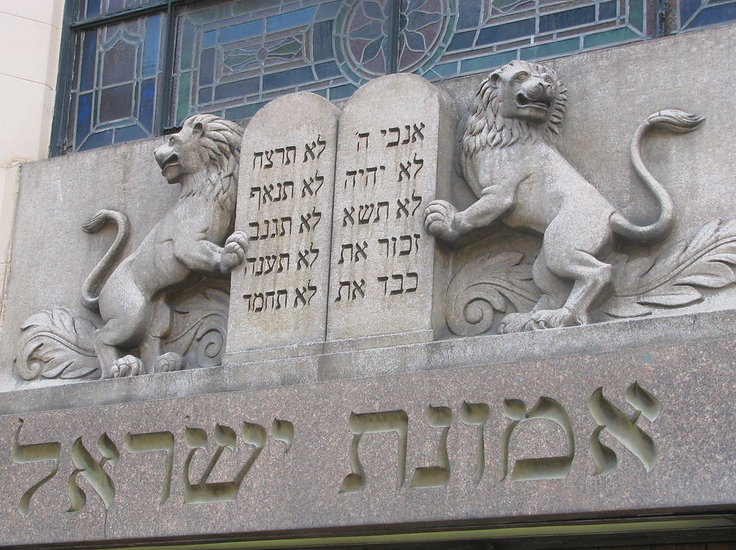
The Ten Commandments
By AJ Jacobs
Also called the Decalogue, the Ten Commandments are the most famous and influential Top Ten list in history. The Ten Commandments can be found in the Bible in two sections – Deuteronomy and Exodus – using slightly different wording…(more)

Tu Bishvat
By Zach Rogue
The holiday Tu Bishvat (ט״ו בשבט) is an arboreal celebration also known as Rosh HaShana La’llanot, literally “New Year of the Trees.” In contemporary Israel, the day is recognized as an ecological awareness day, and trees are planted in celebration…(more)
Unleavened refers to a kind of bread that is made without the benefit of leavening agents also known as raising agents. The most popular of these agents being yeast, but other agents include ginger beer, kefir and the staple of the COVID 19 baker, sourdough starter.
A fusion language based grammatically in Middle-High German, but with significant admixture from Hebrew, Aramaic, Slavic, and other languages, is considered to have become a Jewish vernacular as early as the 9th century. As the Jews spread across Central and Eastern Europe, Yiddish went with them…(more)
One of the holiest days in the Jewish calendar, Yom Kippur is the “Day of Atonement,” the day that Jews ask God for forgiveness for the sins they have committed in the previous year. Those who observe abstain from food and drink and merriment for the duration of the holiday, spending the day in synagogue.
Za’atar is a Middle Eastern spice blend consisting of dried sumac, sesame seeds, salt, and savory herbs such as oregano, marjoram, or thyme. Depending on the region, cumin, coriander, fennel seeds, or caraway seeds may also be added. Za’atar is frequently used in Middle Eastern and North African cuisine.
Zeyde is the historical Yiddish word for grandfather. See also Bubbe (Grandmother). Though it is a term that is perhaps diminishing in popularity with the 2020 election it came into the vernacular as Bernie Sanders become known as Zeyde or Zayde Bernie. This was perhaps the largest injection of Yiddish into the political and mainstream world since Joe Lieberman…(more)
